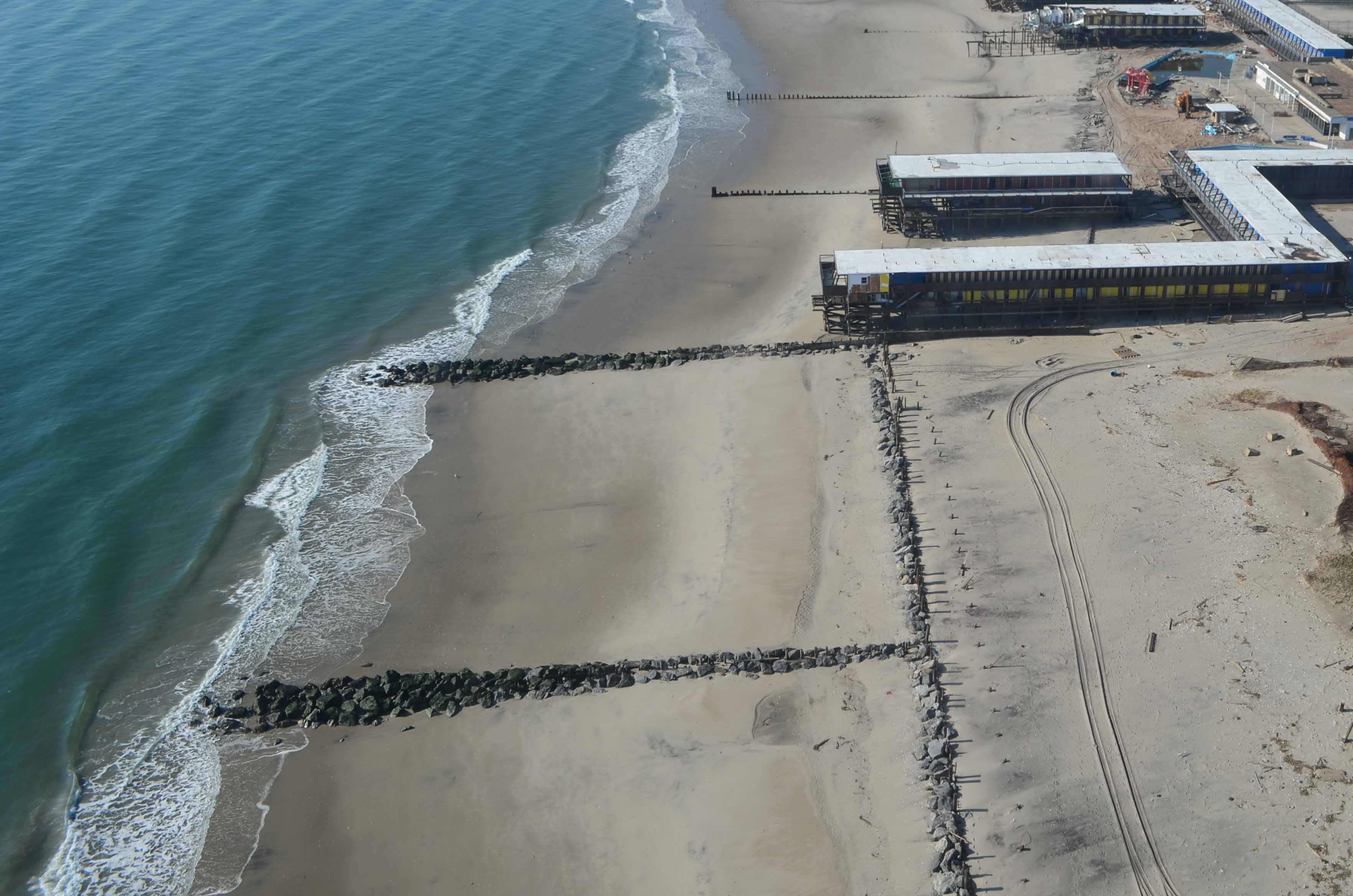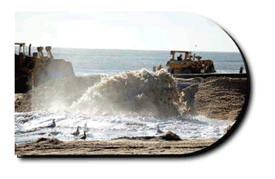Shore Protect Team - The Facts
Table of ContentsThe Basic Principles Of Shore Protect Team The Of Shore Protect TeamThings about Shore Protect TeamThe 8-Minute Rule for Shore Protect TeamShore Protect Team Can Be Fun For AnyoneShore Protect Team for BeginnersNot known Facts About Shore Protect Team
Reduction in home worth: As the location tourist is influenced by disintegration, so after that is the economic climate. Purchasers are much less likely to look for a beach residence that could be ruined at any type of moment by the impending flooding and disintegration emergency. Consequently, residential or commercial property value can go down tremendously and affect the whole region.Whether a beach is simply small and congested or has to close totally for the safety and security of the ecosystem and close-by buildings, this significantly impacts tourism. Subsequently, regional economies are impacted (https://www.giantbomb.com/profile/shrprtcttm/). Danger of injury: The increased danger of flooding and architectural failures causes an increased threat of injury to nearby travelers and neighborhood participants

is home to greater than 84,240 miles of coast with 41% of it revealed to the open ocean. Coastal designers are in fee of protecting the coast versus modifications by reducing the detrimental effects of both all-natural and synthetic occurrences. Coastline stabilization is straight pertaining to their task. Waterside hotels: Since shoreline erosion effects tourism, it impacts the success of waterside hotels.
The Best Guide To Shore Protect Team
Coastal business companies: No tourists implies no business. Coastal state parks: State parks that exist along coasts are at risk of damage.
Tough stabilization makes use of synthetic frameworks as protection to regulate erosion. A lot of types of tough stablizing like seawalls and sheet steel are not ideal for shoreline stabilization.
Shore Protect Team - An Overview
There's additionally insufficient evidence of their performance relying on the sort of shoreline and local conditions. Tough stablizing methods have a tendency to be harder to mount and do not match the all-natural aesthetic, sticking out like a sore thumb and damaging local ecological communities in numerous scenarios. Coastline sustenance is the procedure of adding lost sand and debris back to coastlines after erosion has occurred.
TrapBags help in the process of coastline nutrients by shielding all-natural ecological communities and enabling plants to expand. They're: Environmentally friendly: You can utilize indigenous dirt both to surround and to fill up the TrapBags.

The Ultimate Guide To Shore Protect Team
They can also be installed without any type of heavy machinery. Economical: TrapBags are suitable for both tiny and huge areas of coastline.
Incorporated with a high building cost, this has actually led to raising use other soft engineering seaside management choices such as beach replenishment. Seawalls are constructed from different products, many commonly enhanced concrete, boulders, steel, or gabions. Various other feasible construction materials consist of plastic, wood, light weight aluminum, fiberglass composite, and biodegradable sandbags made of hemp and coir. The suitable seawall design relies upon location-specific aspects, consisting of bordering erosion procedures. There are 3 major types of seawalls: upright, curved, tipped, and piles (see table below). A record released by the United Nations Setting Programme (UNEP) recommends that the tidal wave of 26 December 2004 caused less damages in the locations where all-natural obstacles were present, such as mangroves, coral reefs or seaside plant life.
Natural obstacles, such as reef and mangrove forests, stop the spread of tidal waves and the circulation of coastal waters and alleviated the flooding and rise of water. A cost-benefit approach is an efficient way to establish whether a seawall is proper and whether the advantages deserve the expense.
The 2-Minute Rule for Shore Protect Team
A seawall is a fixed feature which can contravene the dynamic nature of the coast and hamper the exchange of debris between land and sea. The table below sums up some positive and adverse results of seawalls which can be made use of when comparing their efficiency with other seaside monitoring alternatives, such as beach nourishment. [] Benefits and downsides of seawalls according to Short (1999) Benefits Downsides Long-term solution in contrast to soft beach nourishment.

This can trigger coastlines to dissipate, rendering them worthless for beach goers. Normally, seawalls can be a successful means to control coastal disintegration, yet just if they are constructed well and out of products that can withstand the force of ongoing wave power. Some understanding is required of the coastal processes and morphodynamics details to the seawall place.
Shore Protect Team Can Be Fun For Anyone
Combined with a high building and construction cost, this has actually resulted in increasing use of other soft engineering coastal administration choices such as beach replenishment. Seawalls are built from numerous products, many commonly enhanced concrete, boulders, steel, or gabions. Other feasible building and construction products include vinyl, timber, light weight aluminum, fiberglass composite, and eco-friendly sandbags constructed from hemp and coir. The suitable seawall layout relies upon location-specific aspects, including bordering disintegration procedures. There are 3 major kinds of seawalls: vertical, rounded, tipped, and mounds (see table listed below). A record published by the United Nations Setting Program (UNEP) suggests that the tsunami of 26 December 2004 created much less damages in the areas where natural obstacles existed, such as mangroves, coral reefs or seaside vegetation.
Natural barriers, such as coral reefs and mangrove forests, protect against the spread of tsunamis and the flow of coastal waters and alleviated the flood and rise of water. A cost-benefit approach is an efficient way to identify whether a seawall is proper and whether the benefits are worth the cost.
The 5-Second Trick For Shore Protect Team
A seawall is a static feature which can conflict with the vibrant nature of the shore and hinder the exchange of debris between land and sea. Advantages and downsides of seawalls according to Short (1999) Benefits Downsides Long term service in comparison to soft beach nutrients.

This can cause coastlines to dissipate, rendering them useless for coastline goers. Generally, seawalls can be an effective way to manage coastal erosion, yet only if they are constructed well and out of materials that can withstand the force of ongoing wave energy. Some understanding is required of the seaside processes and morphodynamics particular to the seawall location.